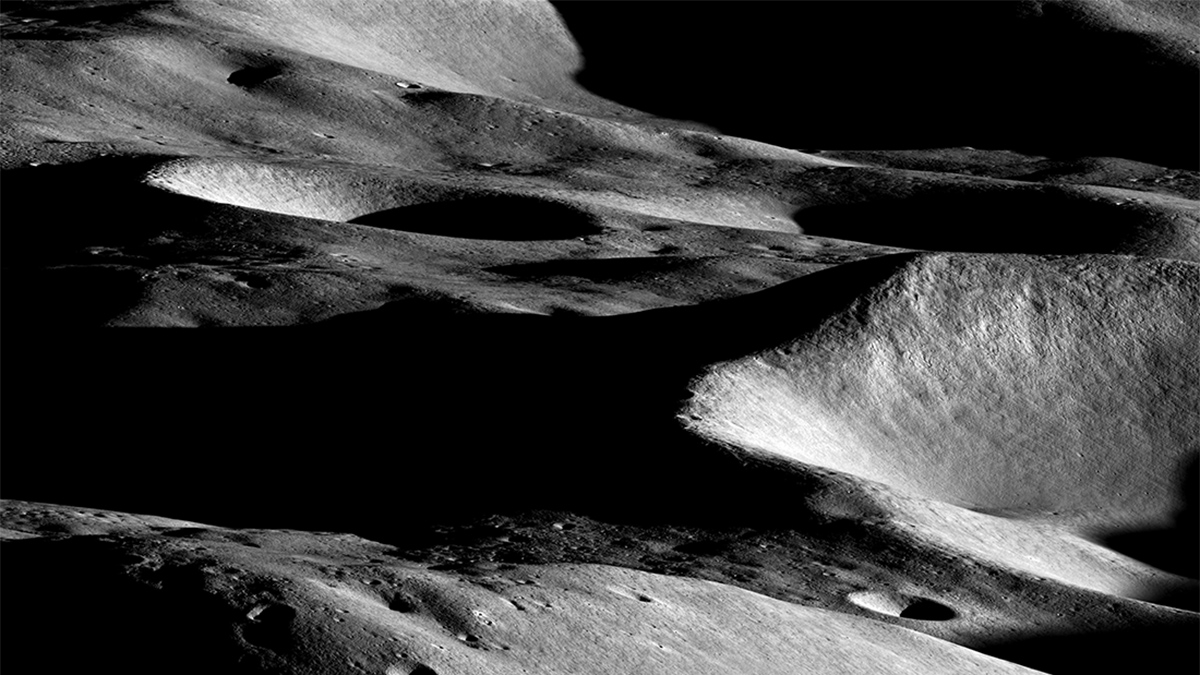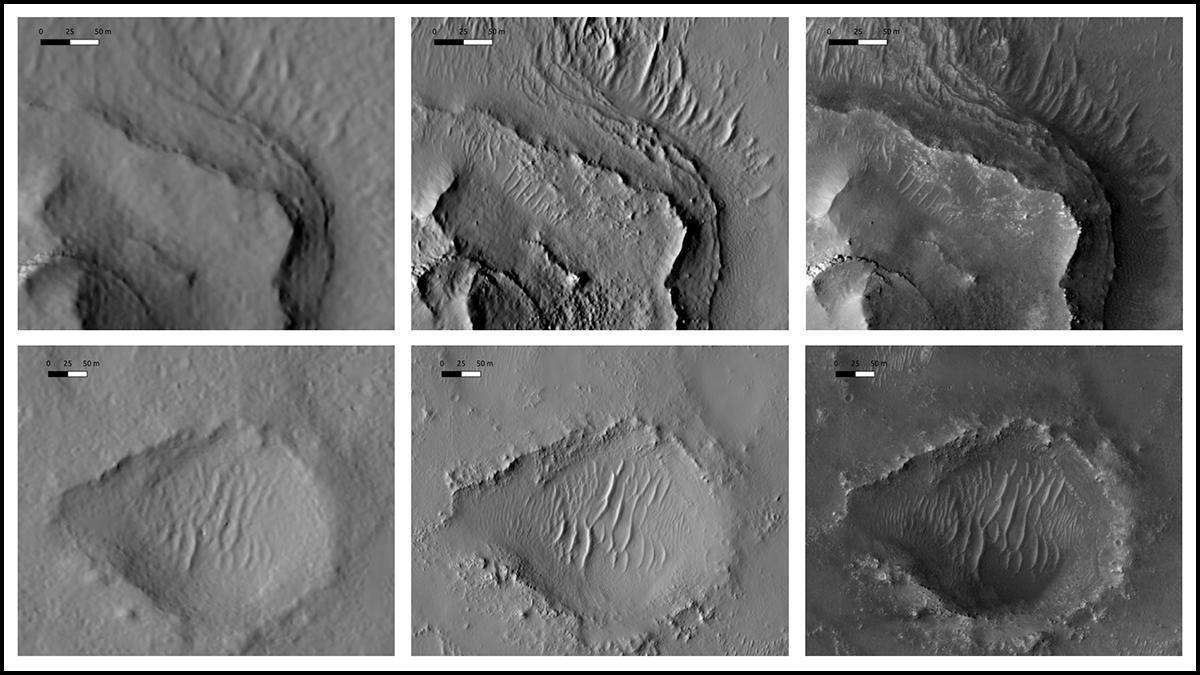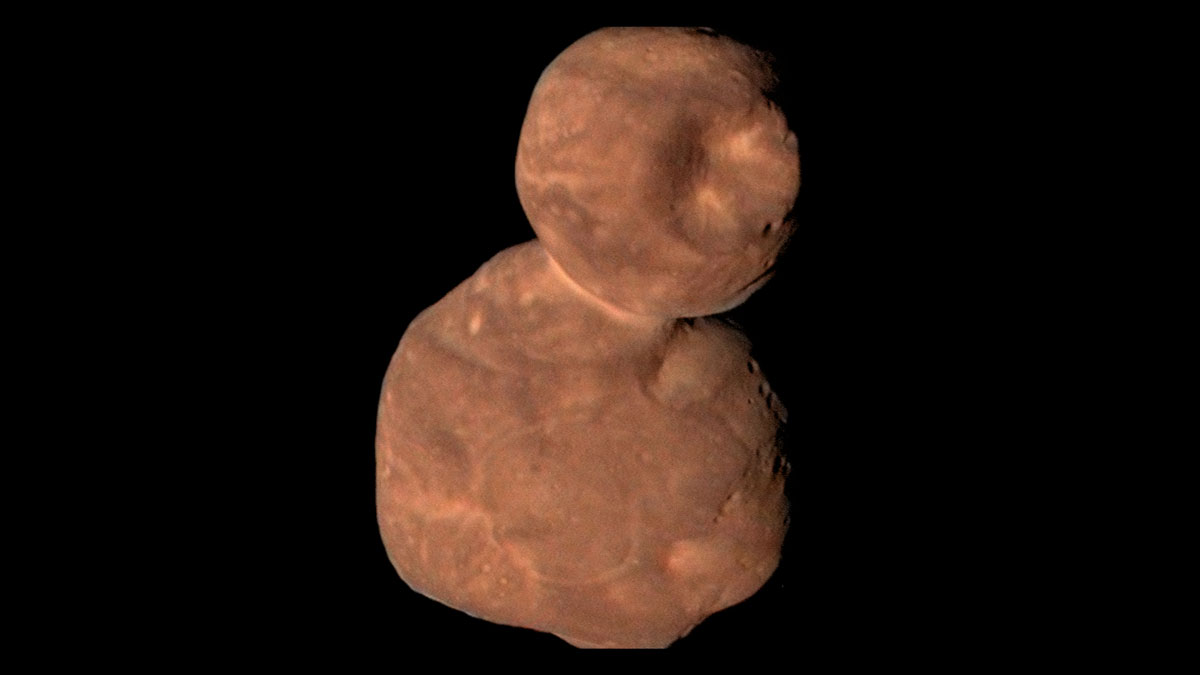As U.S. agencies commit to better incorporating Indigenous viewpoints, maps could be one important tool.
mapping
Mapping the Moon to Shield Astronauts from Radiation
Scientists are charting landing spots that offer future lunar astronauts protection from the Sun and deep space.
Oceanic Cacophony
The ocean is a pretty loud place, and anthropogenic noise is adding another layer to the soundscape.
Satellites Map Environmental Vulnerabilities in U.S. Prisons
Geoscientists are using remote sensing to gather data on risks including increased exposure to air and soil pollution, excessive heat, wildfire, and flooding.
Local Fishers Help Uncover Coral Clinging to Underwater Cliffs
Their knowledge led to more accurate seafloor maps and a hidden trove of biodiversity in the Labrador Sea.
Seafloor Shapes on the Flanks of Mid-Ocean Ridges Linked to Magma Supply
New research suggests the source of morphologic variation on mid-ocean ridges might be deeper than scientists thought.
Thunderquakes Map the Subsurface
Researchers have figured out how rumbling thunder turns to seismic waves and how this shaking could be used to reveal subsurface geology.
Mapping Mars: Deep Learning Could Help Identify Jezero Crater Landing Site
Researchers used new techniques to more precisely estimate ground elevations on Mars, producing a refined resolution map for rover landings.
Arrokoth’s Mounds Hint at How Planetesimals Form
The most remote world ever seen up close is a mash-up of smaller pieces.
Critical Minerals for a Carbon-Neutral Future
The Earth Mapping Resources Initiative is filling data gaps and fostering more holistic understanding of critical mineral resources in the United States using a novel mineral systems framework.










